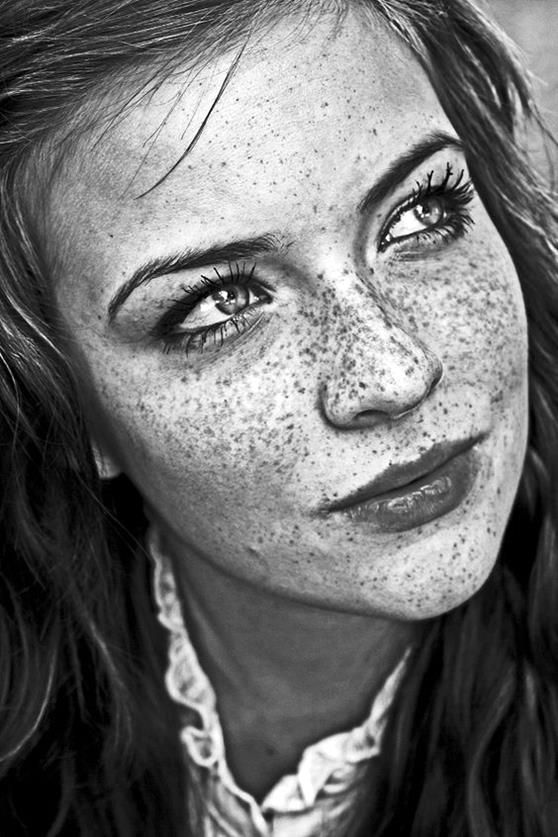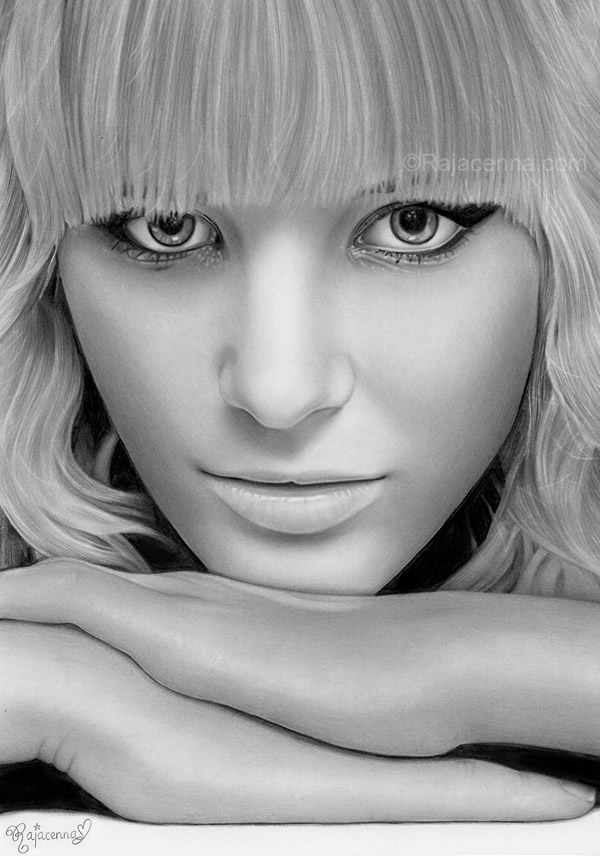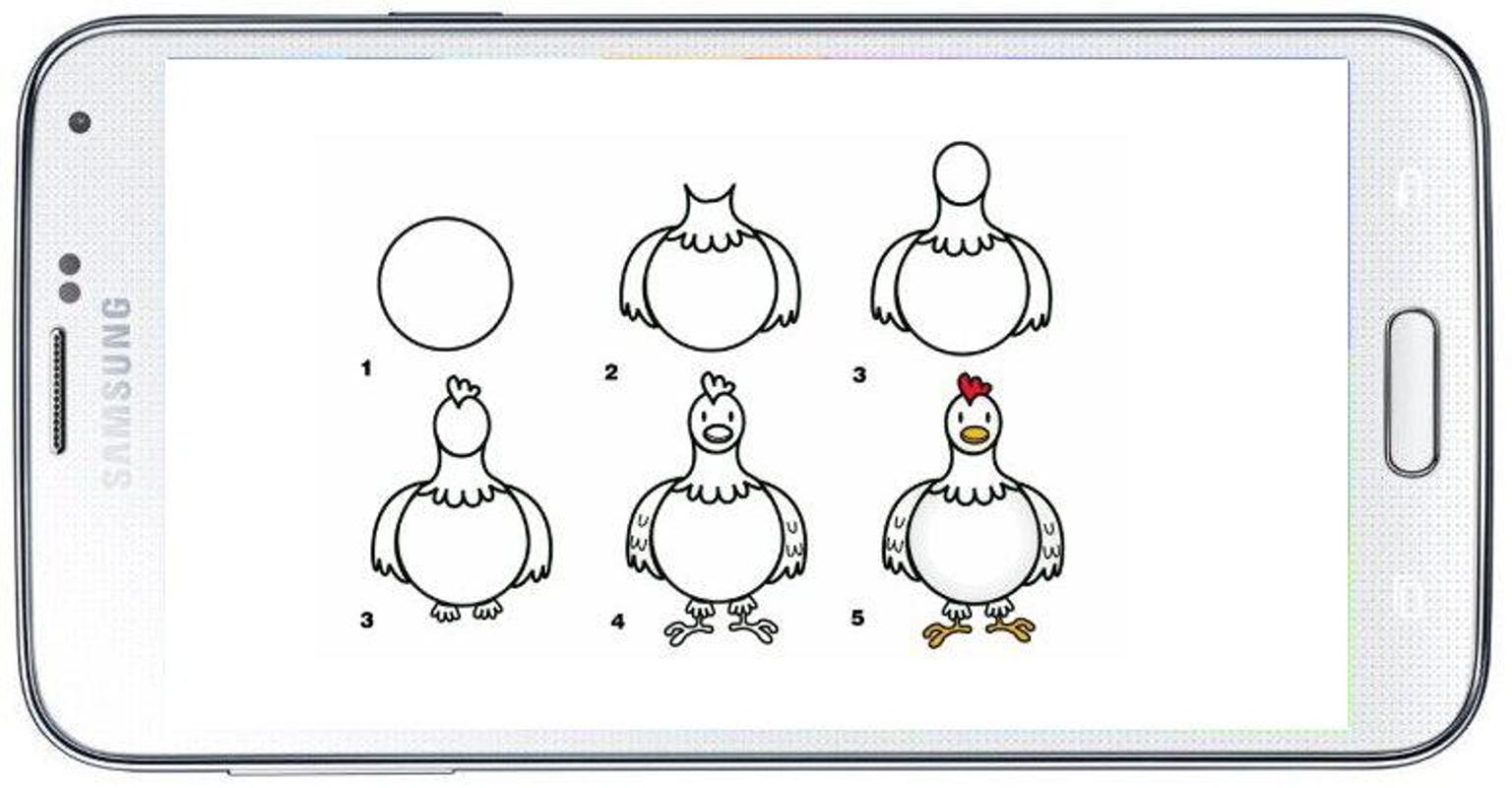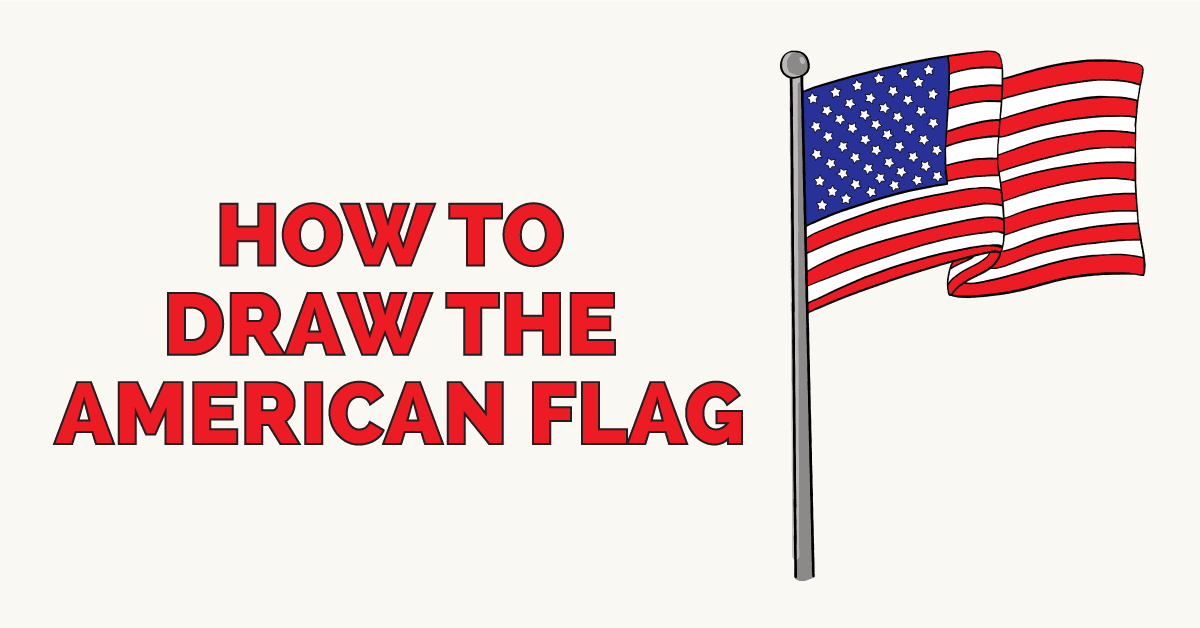Pin en mridula123
Table of Contents
Table of Contents
Have you ever wanted to draw a realistic person but didn’t know where to start? Maybe you’ve tried but it never quite turns out the way you want it to. Well, fear not! In this blog post, we’ll explore everything you need to know about how to draw a realistic person, from beginner tips to advanced techniques.
Pain Points
Drawing a person can be intimidating, especially if you’re new to drawing. It can be frustrating when your sketches don’t match the image in your head or when you struggle with proportions or shading. Additionally, without proper guidance, it can be challenging to know where to begin, what techniques to use, and best practices to follow.
Answering the Target
Learning to draw a realistic person takes practice, patience, and guidance. Begin by sketching the outline of the person’s face and body, paying attention to proportion, perspective, and symmetry. Use reference images or a live model to help you capture the person’s likeness and details. Once you have the basic outline, you can start adding in shading, texture, and other details to make your drawing look more lifelike.
Summarizing Main Points
To draw a realistic person, you need to pay attention to proportions, perspective, symmetry, shading, texture, and details. Use reference images or live models as a guide and practice regularly to improve your skills. There are many techniques and tools you can use, such as pencils, charcoal, erasers, and blending stumps, so explore and experiment until you find a style that works for you.
The Importance of Practice
Learning to draw a realistic person takes time and practice. Don’t be discouraged if your initial attempts don’t look perfect. Keep practicing and exploring different techniques until you find the style that works for you. One helpful tip is to draw from life as often as possible. By observing and sketching real people, you’ll develop a better understanding of proportions, anatomy, and gesture.
Tools and Techniques
There are many tools and techniques you can use to draw a realistic person. For example, pencils of different grades, blending stumps, and erasers can help you create a variety of textures and tones. Additionally, you can experiment with different shading techniques, such as cross-hatching, stippling, or contour shading, to achieve different effects.
Drawing Realistic Eyes
When drawing a person, the eyes are often the focal point of the portrait. To make your eyes look more realistic, pay attention to the iris, pupil, and sclera’s shape, size, and shading. Use highlights to create depth and reflection in the eyes, and don’t forget to add eyelashes and eyebrows for added detail.
Shading Techniques
Shading is an essential part of drawing a realistic person. There are many shading techniques you can use to create texture, depth, and contrast in your drawings. For example, cross-hatching involves layering lines in various directions to create a mesh-like pattern, while stippling involves using tiny dots to build up tone and texture. Experiment with different techniques to find the one that works best for your style.
Common Mistakes
When drawing a realistic person, it’s easy to fall into common traps that can detract from the portrait’s realism. Some common mistakes include using a heavy hand, avoiding shadows, and not paying attention to proportion or symmetry. Additionally, it’s important to avoid overworking your drawing or obsessing over small details that can detract from the overall image.
Question and Answer
Q: What materials do I need to draw a realistic person?
A: Basic materials include pencils, paper, an eraser, and a blending stump. However, you can also experiment with charcoal, pastels, or digital tools.
Q: How do I capture likeness and expression in my portraits?
A: Pay attention to the person’s unique features and use reference images or real-life observations to capture their likeness and expression. Also, pay attention to their body language, as this can convey a lot of emotion and personality.
Q: How can I improve my shading techniques?
A: Practice regularly and experiment with different shading techniques, such as cross-hatching, stippling, or contour shading. Also, pay attention to value and tone, and use references to guide your shading choices.
Q: How can I avoid making my subjects look flat or distorted?
A: Pay attention to proportion, symmetry, and perspective, and use a variety of shading techniques to create depth and contrast.
Conclusion of How to Draw a Realistic Person
Drawing a realistic person takes time, practice, and dedication. By paying attention to proportion, symmetry, shading, texture, and detail, you can create lifelike portraits that capture your subject’s likeness and expression. Experiment with different tools and techniques and don’t be afraid to make mistakes along the way. Remember to enjoy the process and trust in your own artistic vision.
Gallery
Realistic People Sketches At PaintingValley.com | Explore Collection Of

Photo Credit by: bing.com / realistic sketches drawing hyper pencil paintingvalley drawings
Pin En Mridula123

Photo Credit by: bing.com / realistic drawings drawing pencil portrait dibujos draw easy sketches sketch dibujar para faces portraits personas artist rostros tips techniques realism
How To Draw Realistic: Learn How To Draw Realistic People Through

Photo Credit by: bing.com / draw realistic learn practice rajacenna technique through
BEGINNERS How To Draw A Person / Pencil Portrait: Step By Step - Alpha

Photo Credit by: bing.com / person step drawing draw portrait pencil beginners line
How To Draw A Realistic Face - Time Lapse - EMMA WATSON - YouTube

Photo Credit by: bing.com / realistic draw face watson emma






